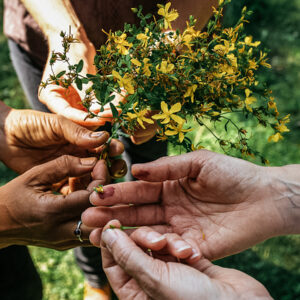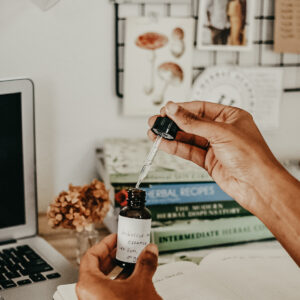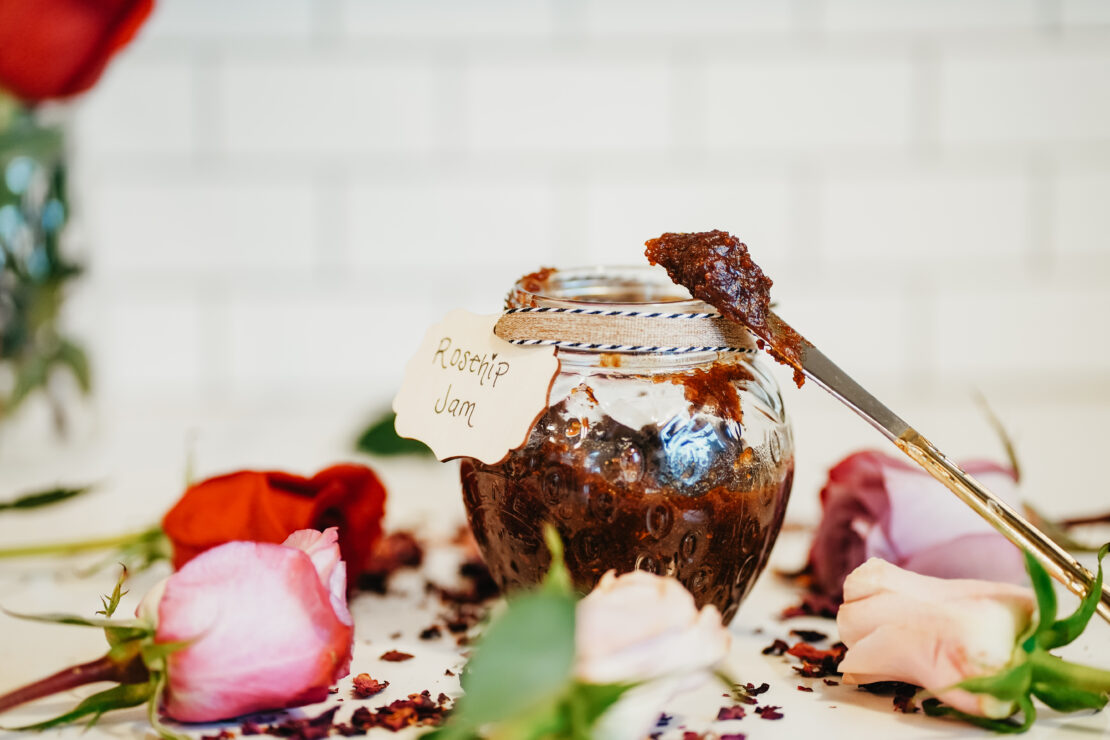
Discover the Sweet Magic of Homemade Rose Hip Jam
If you’re anything like me, you’re always looking for new and meaningful ways to weave the magic of herbs into your daily life. I find the kitchen to be the most accessible place for everyday herbalism. Incorporating herbs into daily food routines—be it grinding spices into your morning coffee or adding vitex berries to a pepper grinder—is one of the most successful strategies for consistent use. My newest culinary venture in this effort is a shimmering, jewel-toned jam that perfectly captures the subtle beauty of the changing seasons: a Rosey Rose Hip Jam.
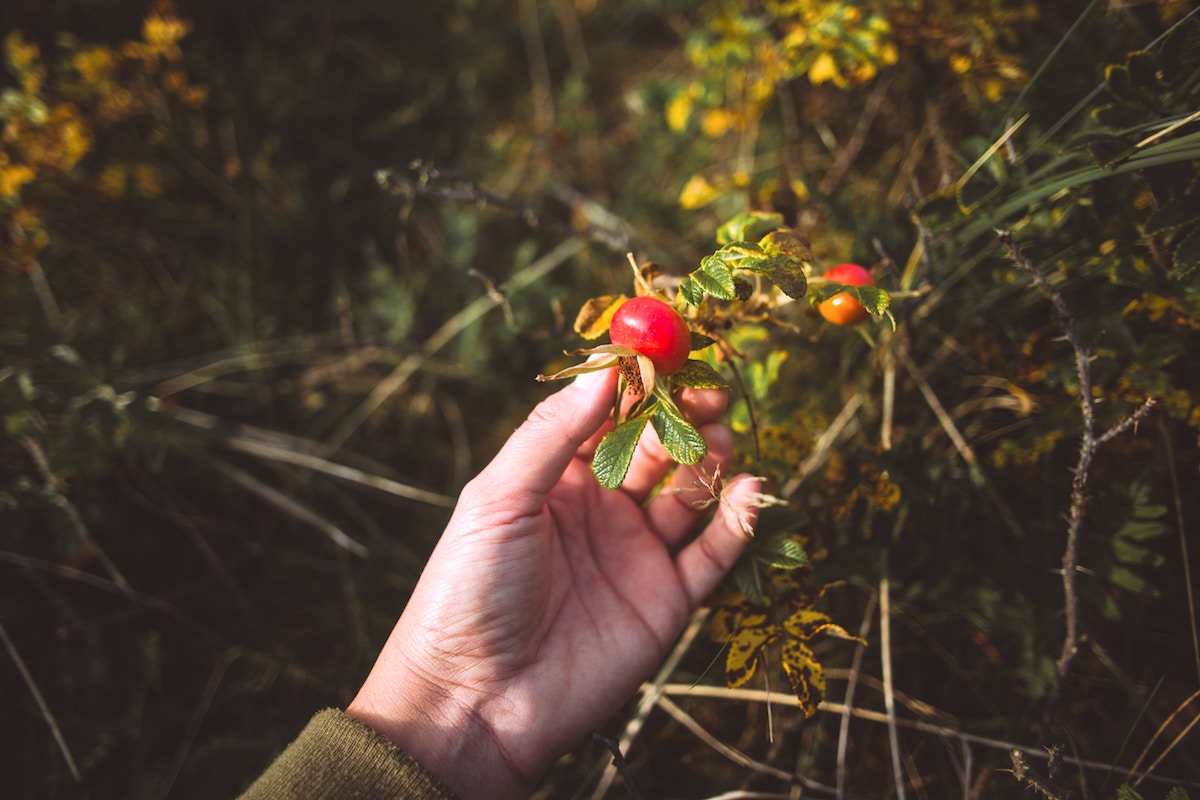
The Inspiration
The change of seasons is an invitation to mark the passing of time, and one of my favorite ways to engage in meaningful recognition is with a crafting ritual. Planting in spring, capturing the sun’s bounty through sun teas in the summer, and elaborate baking projects in winter that fill our homes with warmth are all ways in which we can honor the season. There’s no time for preservation like the fall. As the weather cools and the trees present their final flourish, it just feels right to put a little effort into saving something special and bright to savor when winter’s landscape becomes dark and desolate.
As I’ve been out on my walks lately, nature is popping off, and even though every plant is erupting in a spray of color, it’s the vibrant rosehips on the wild roses (Rosa rugosa) that grow in the wash and on the forest edges that repeatedly have me in awe. Their intense, radiant red inspires me to preserve their vibrancy, to nourish my body and soul with a memory of sunnier days captured by the rose’s red fruits.
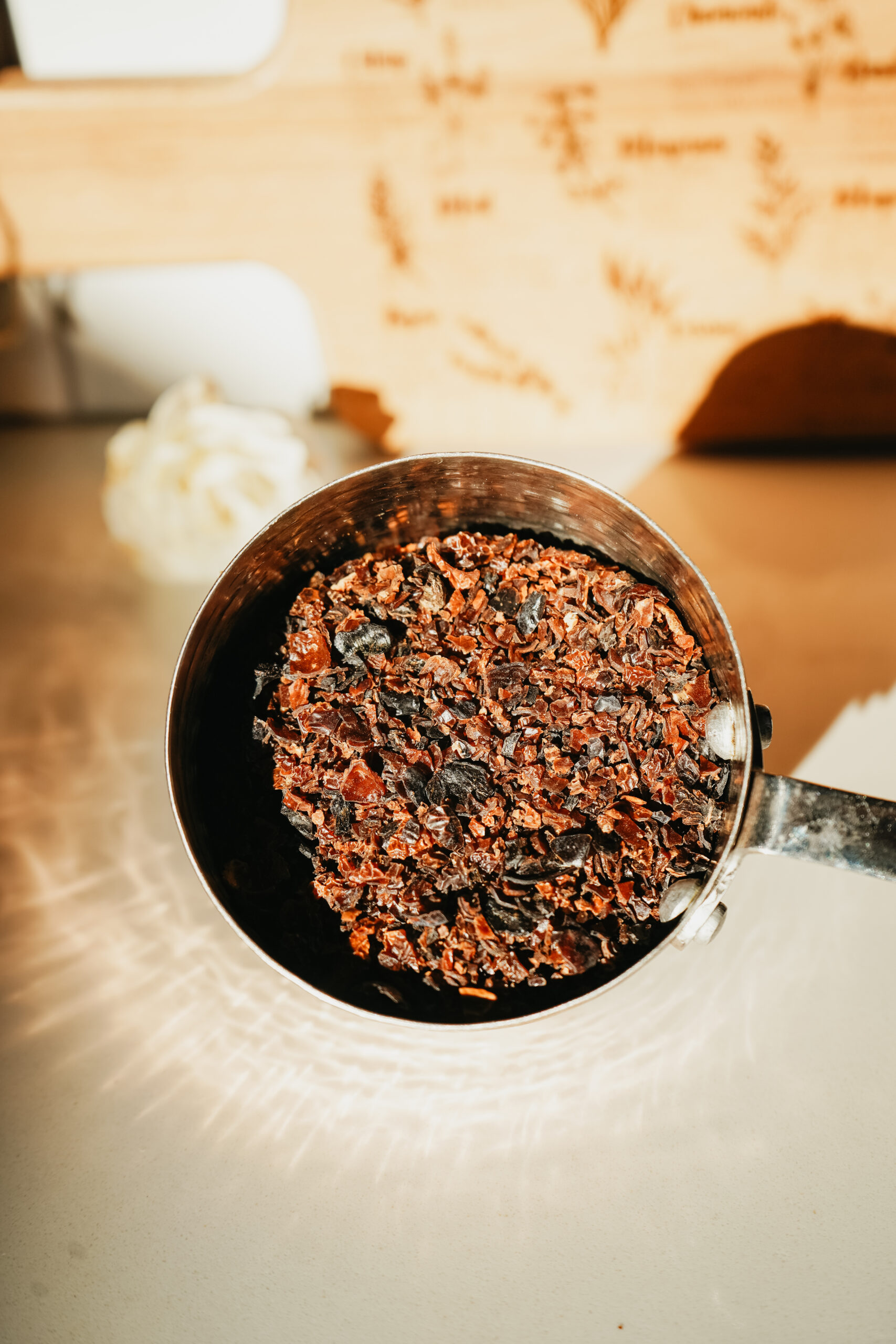
Fruit and Florals
You don’t need access to fresh rose hips to make jam, though. Would it surprise you to learn that the dried rosehips in your herb cabinet are the perfect candidate for creating a delicious jam? These nutrient-dense, antioxidant-rich, astringent fruits are produced by several rose species and have been valued as a late autumn treat for ages. Their nutritional profile is impressive, boasting high amounts of vitamins C, A, B, and K, as well as flavonoids, pectin, and tannins (Chevallier, 2000).
The high vitamin C content and tannins of rosehips provide a wonderfully tart flavor that balances the sweetness of the sugar beautifully. The naturally occurring pectin in the fruit is a bonus, acting as a natural thickening agent during the double decoction cooking method. Adding the rose petals rounds out the flavor with a subtle floral note. The end result is a refined fruity jam that is lovely on toast, spread into a turkey sandwich, served alongside pork chops, spread over pancakes, or even mixed into a festive cocktail.
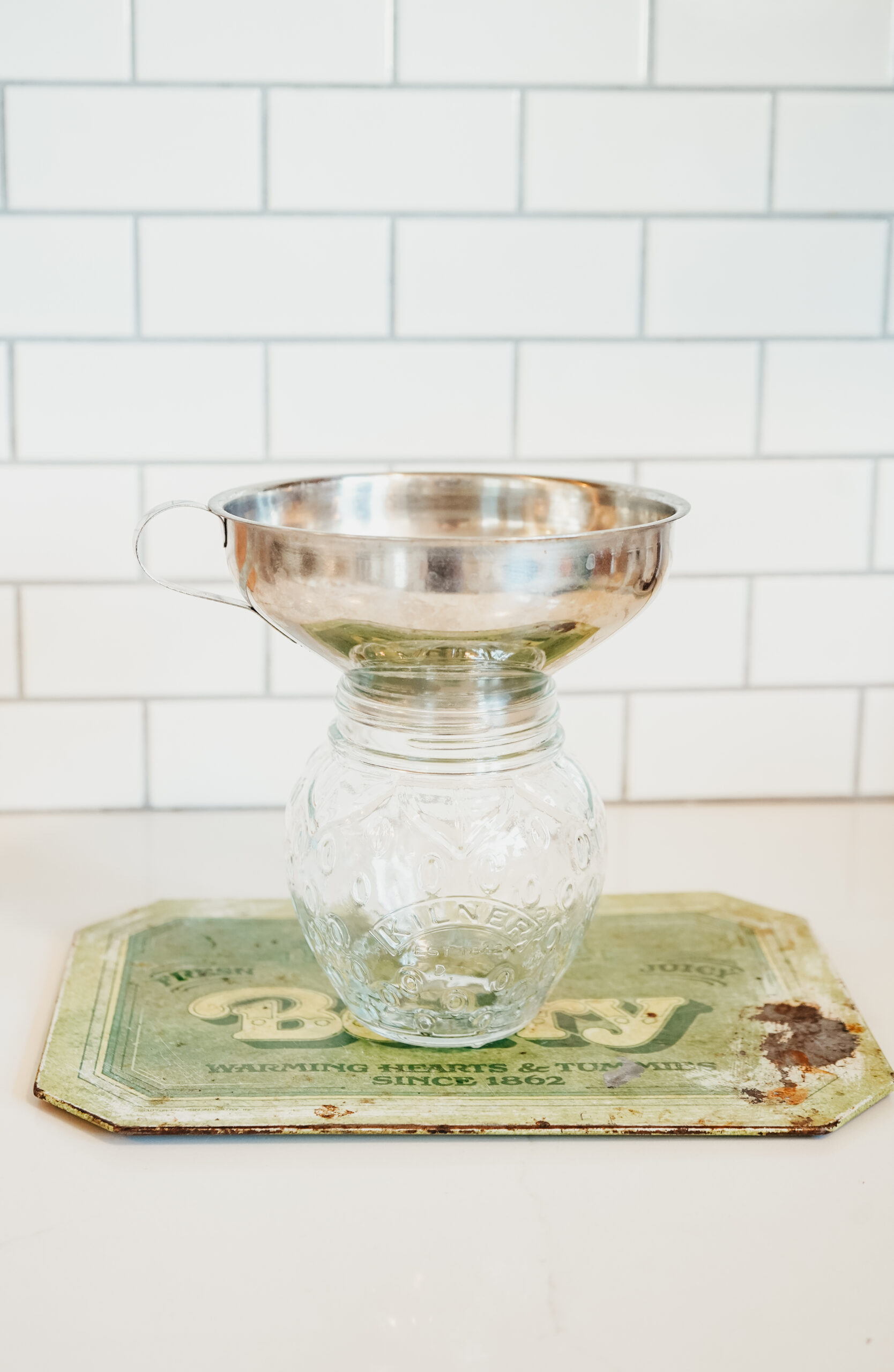
Good Housekeeping
Jam making is a traditional food preservation method, and a crucial step that should not be skipped is sterilizing your canning jars. Failing to do this can lead to the untimely spoilage of your carefully crafted goods.
Sterilization is a relatively simple process. First, wash the jar and lid with hot water and soap, then rinse. Set aside on a clean surface as you prepare the sterilization bath. For the sterilization bath, you’ll need a large pot, one big enough to completely submerge your jar and lid, a kitchen towel, and tongs.
Fill the pot with water, and use the kitchen towel to line the bottom of the pot; this will protect the glass jar from the hard pot bottom if it bounces around in the boiling water. Bring the pot of water to a gentle rolling boil. Use the tongs to carefully submerge the jar and lid. Bring the pot back to a gentle boil and allow the jar and lid to boil for 10 minutes.
After 10 minutes, turn off the heat and allow the water to cool for 10-15 minutes. While the water is cooling, lay out a clean kitchen towel on your workspace. Even after this cooling period, the water, jar, and lid will still be very hot. Use caution and the tongs when removing them, and be careful not to spill scalding water.
Complete this step before preparing your jam. The jam will only be a hot, silky liquid for a short time before it starts to cool and congeal, so you want your jars sterilized and ready to go. Now that we’ve handled that important bit of housekeeping, let’s get to the fun part.
Here’s how you do it.
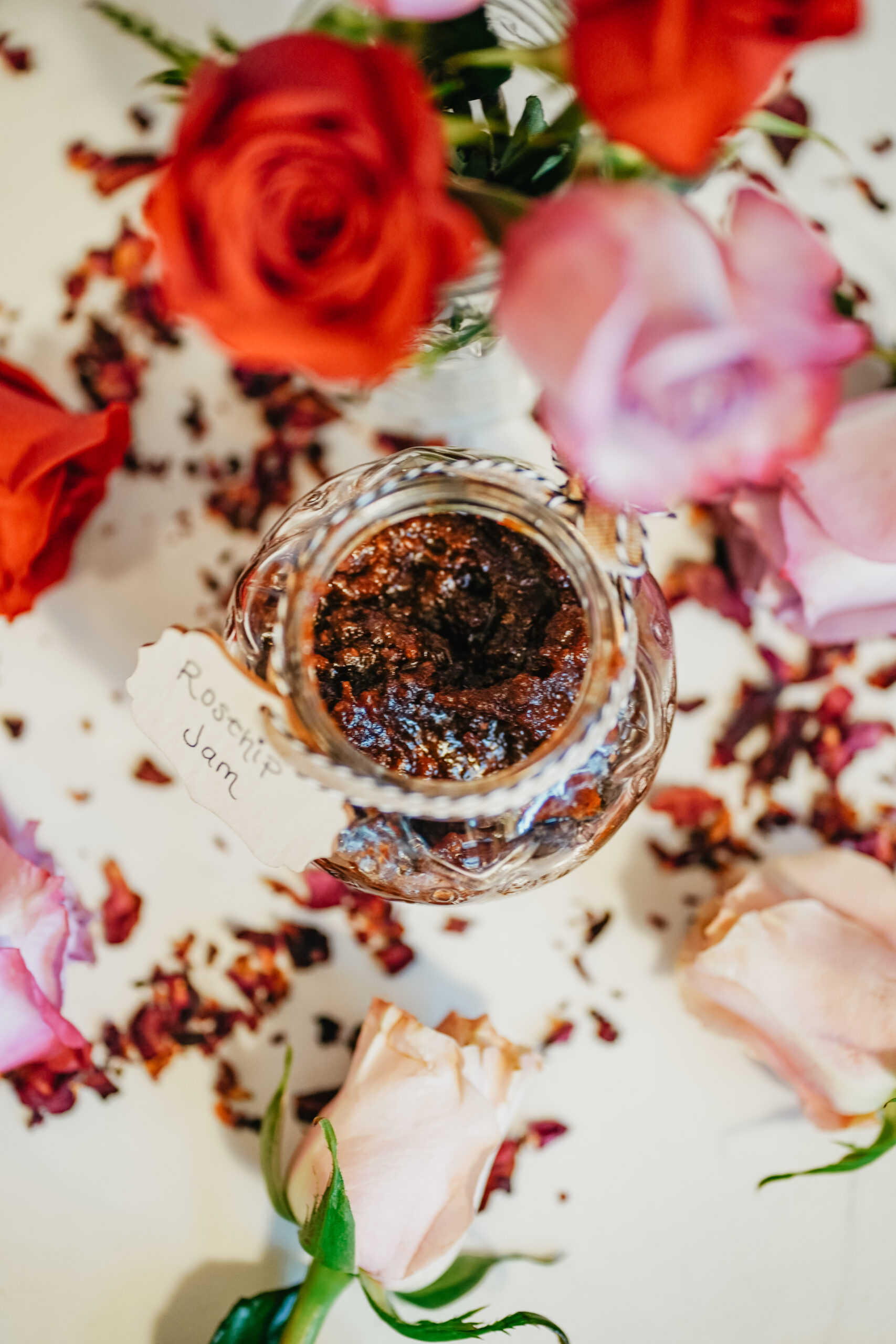
Rosey Rose Hip Jam Recipe
Combining nourishing rosehips and the subtle taste and aroma of rose petals, this tart jam is a beauty to behold and a delight for the taste buds. Reminiscent of late summer days and the unfolding of autumn, you can enjoy this jam throughout the darker months of winter—or any time of year!
1 cup dried rose (Rosa spp.) hips
2 cups water
2 cups sugar
2 tablespoons rose (Rosa spp.) petals
2 tablespoons liquid fruit pectin
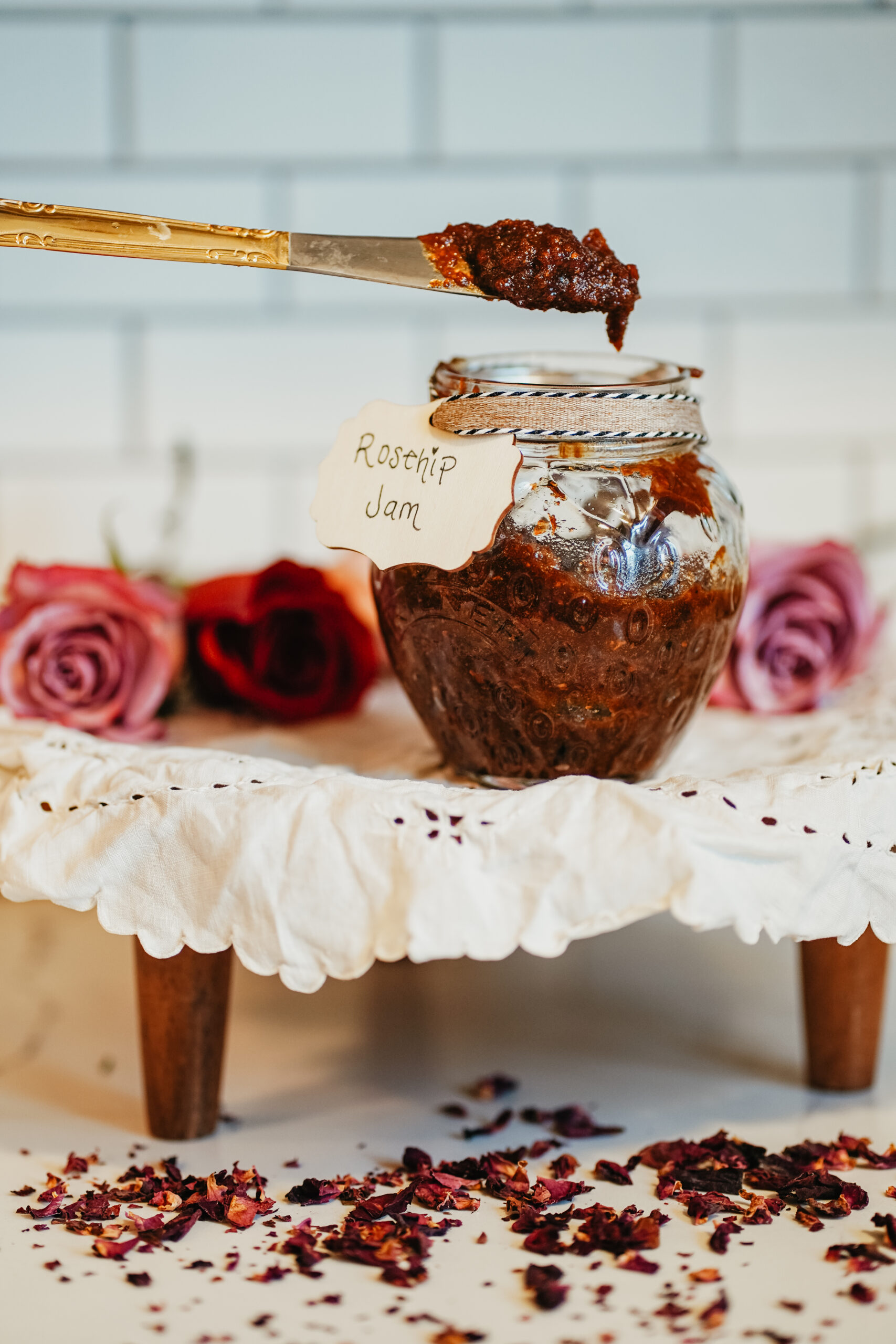
How to enjoy
In my experience, this jam goes well…
- with butter on toast
- spooned into a bowl of yogurt and granola
- on a turkey sandwich with shallots, apples, and romaine lettuce
- shaken with gin and lime, and topped with tonic for a botanical nightcap
- as a topping for waffles and pancakes
- as a condiment for grilled pork chops
How will you enjoy it?
From my kitchen to yours
Making preparations to weather the winter is a human tradition that connects us to our history and the rhythms of nature. Taking the vibrancy of nature and using it to create something nourishing goes beyond a tasty treat; this Rosey Rosehip Jam is a hope for a restful winter and a promise of spring again. I hope that you take time to slow down and savor the season with this rosehip jam recipe.
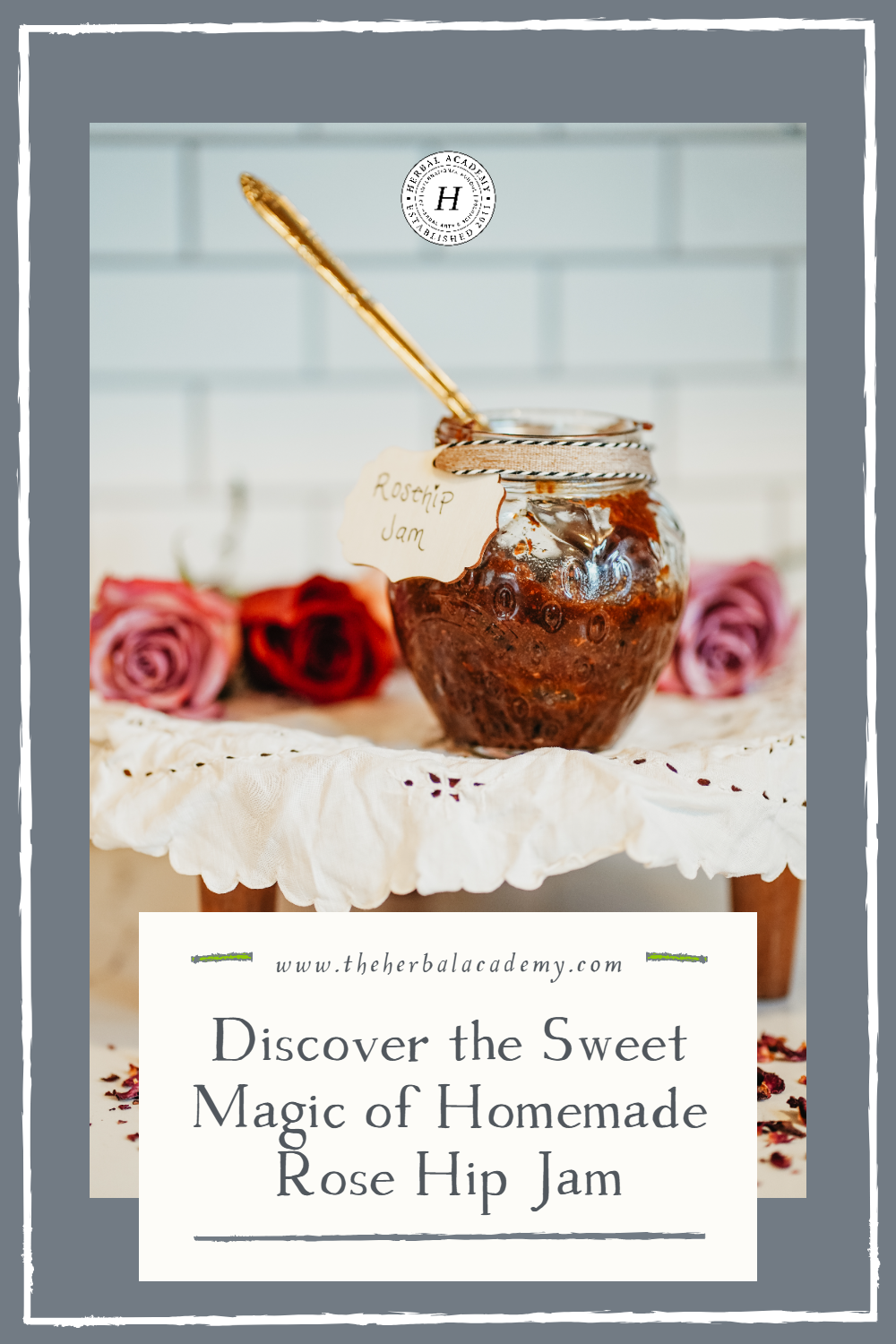
REFERENCES
Chevallier, A. (2000). Encyclopedia of herbal medicine. DK.



